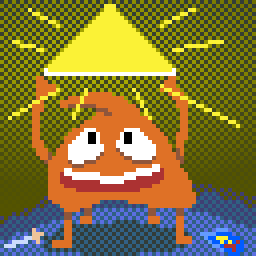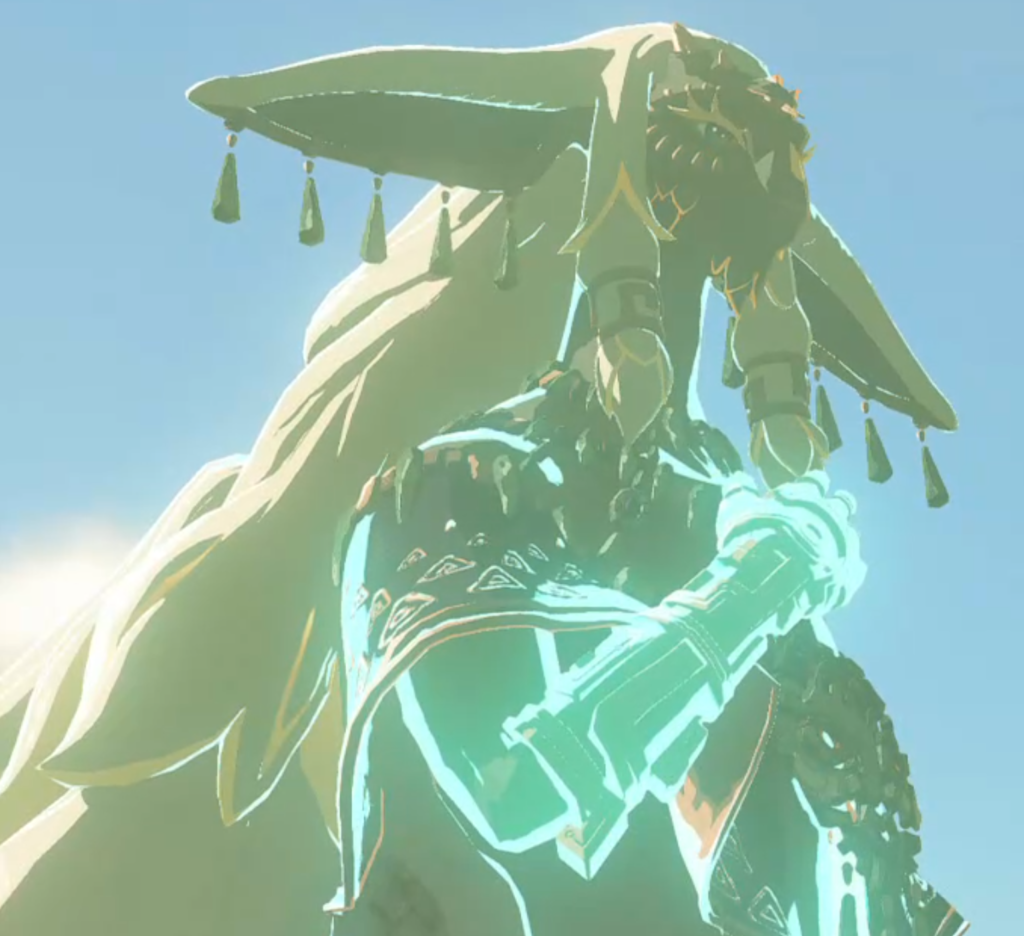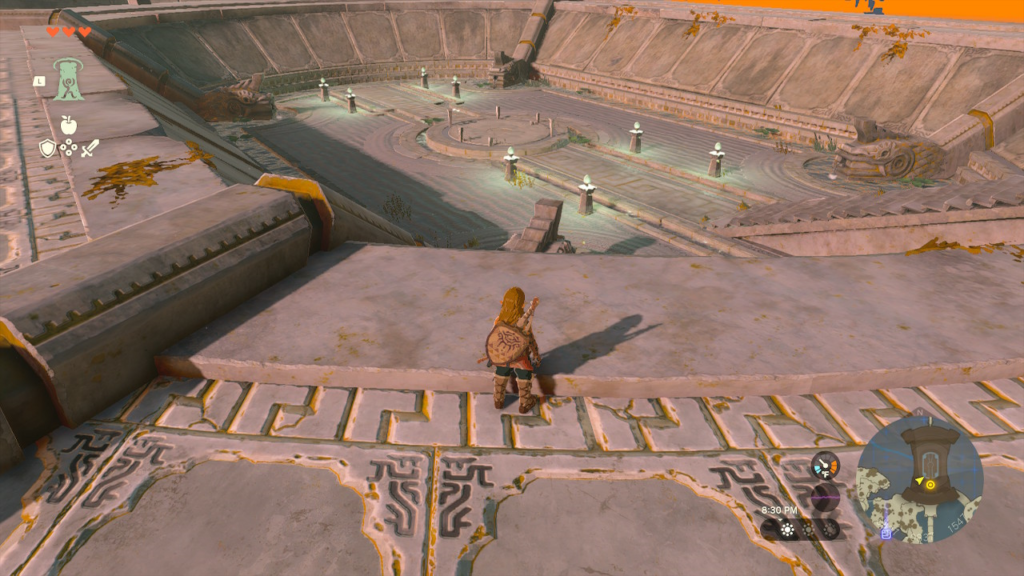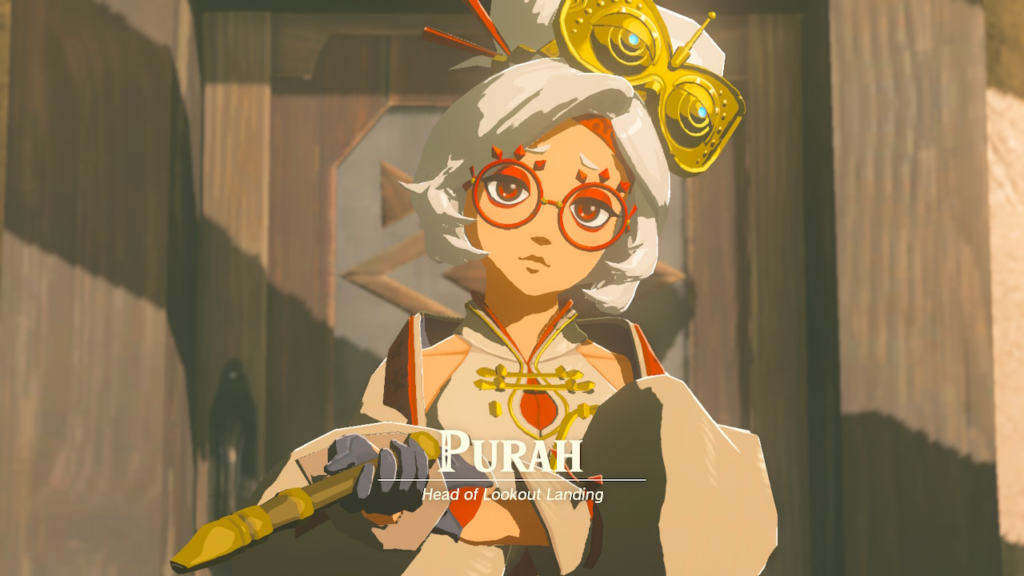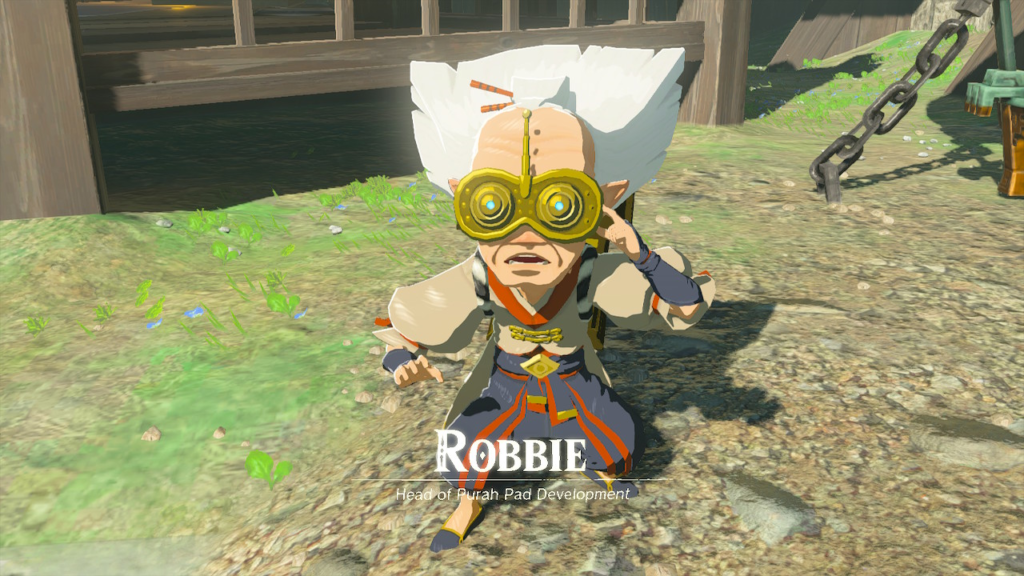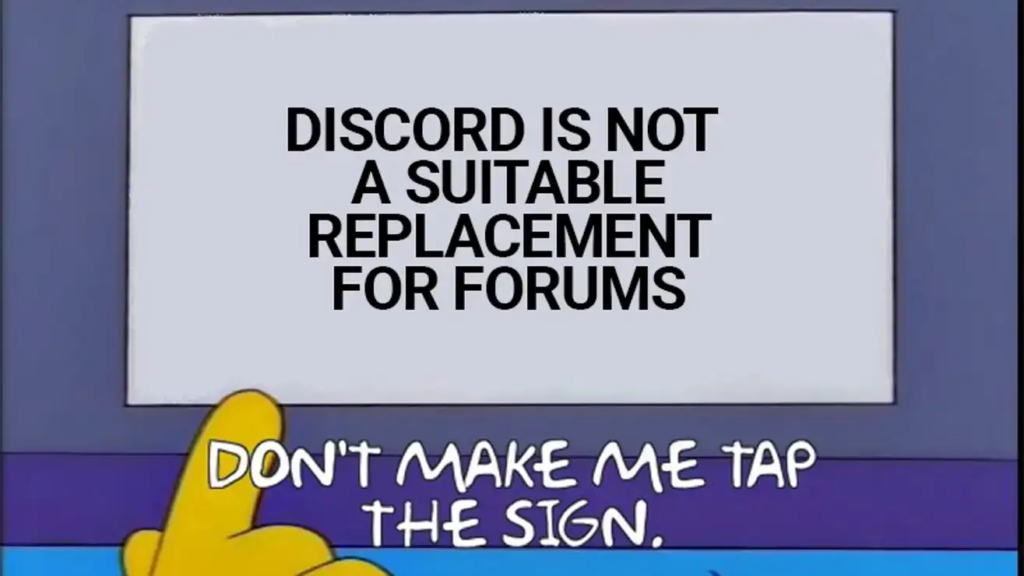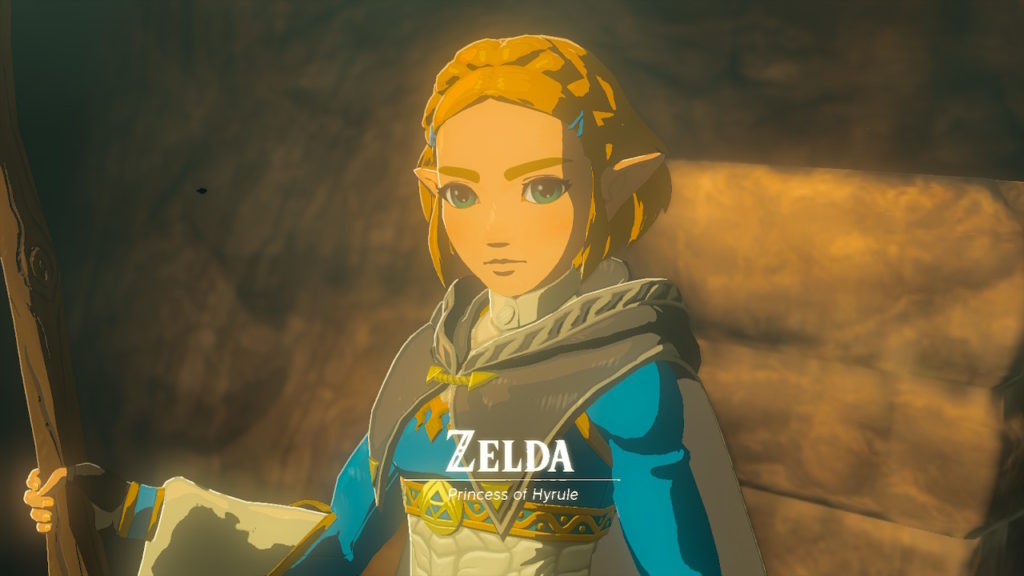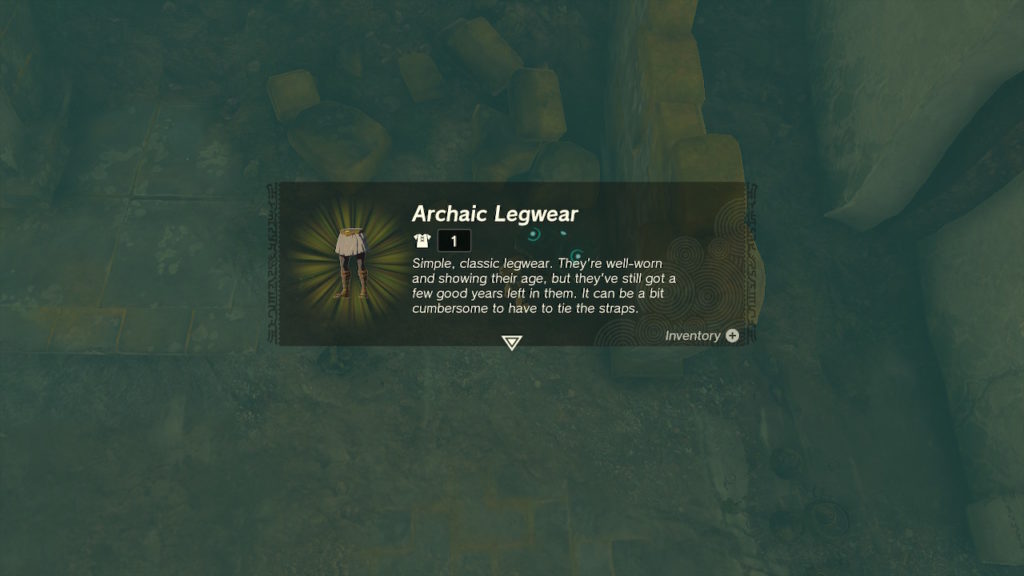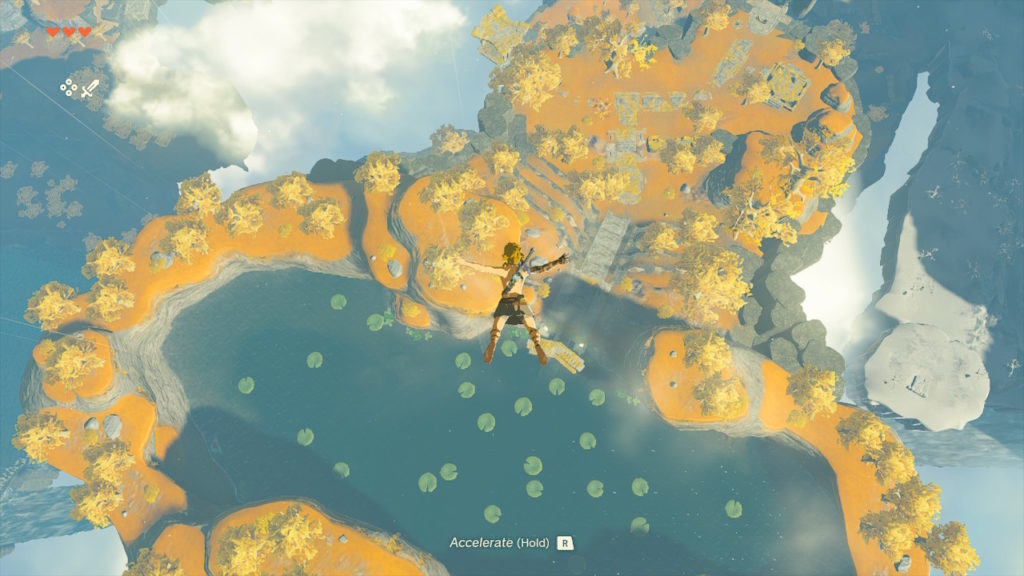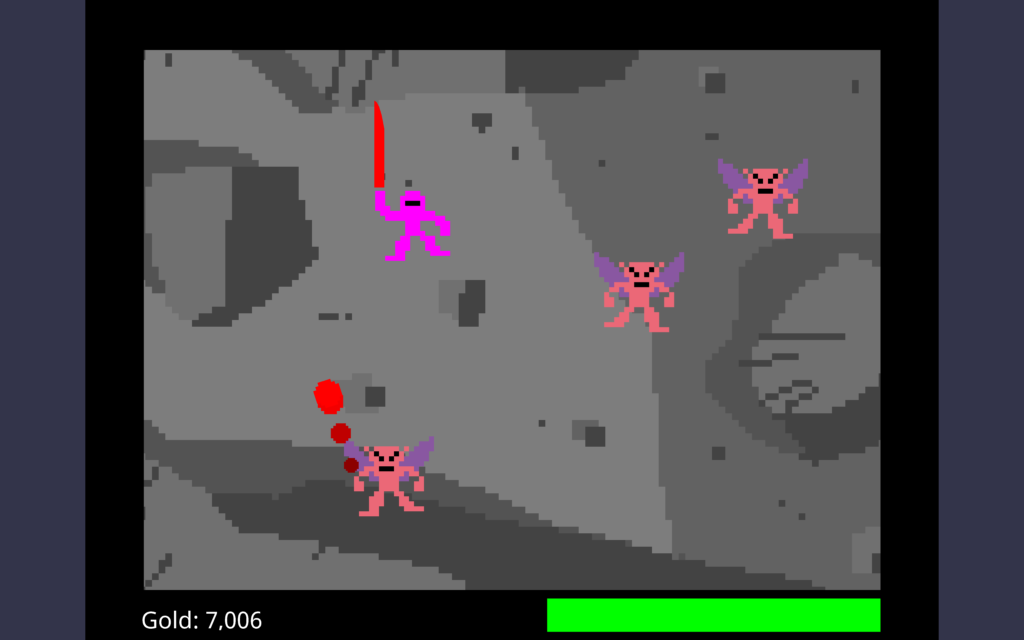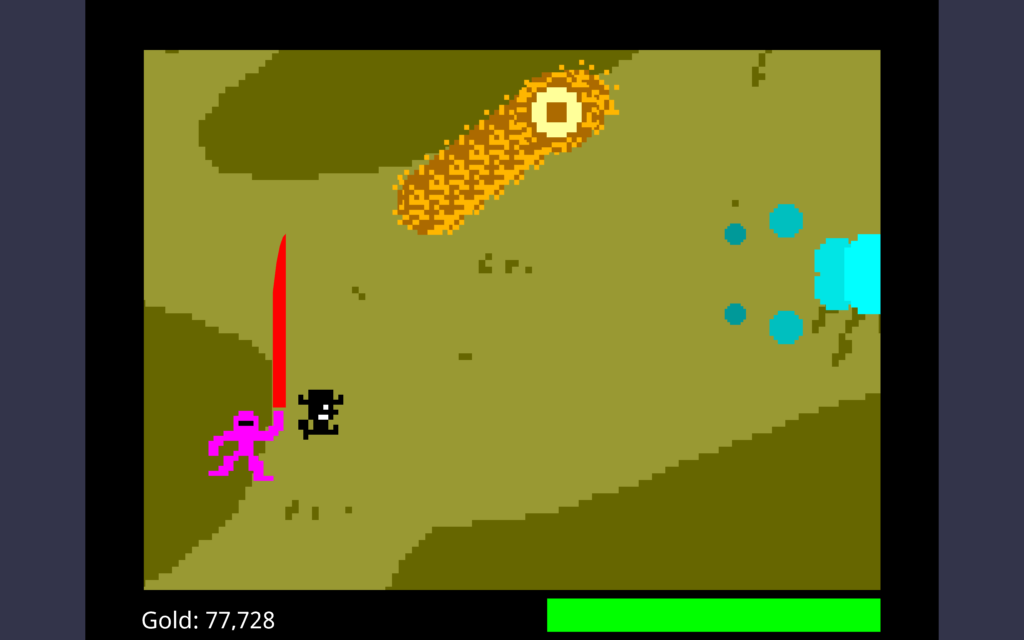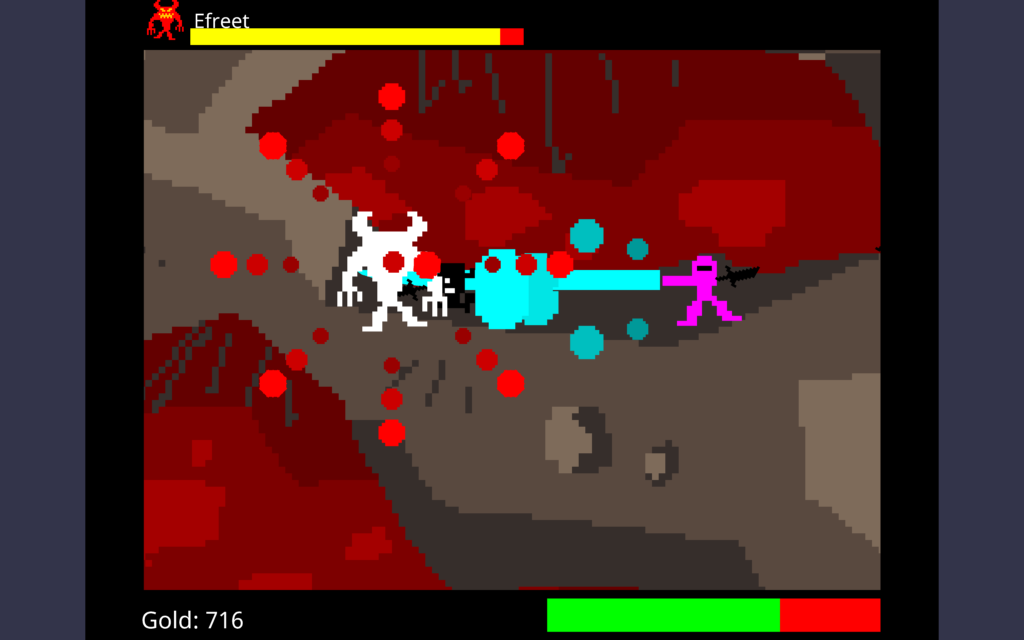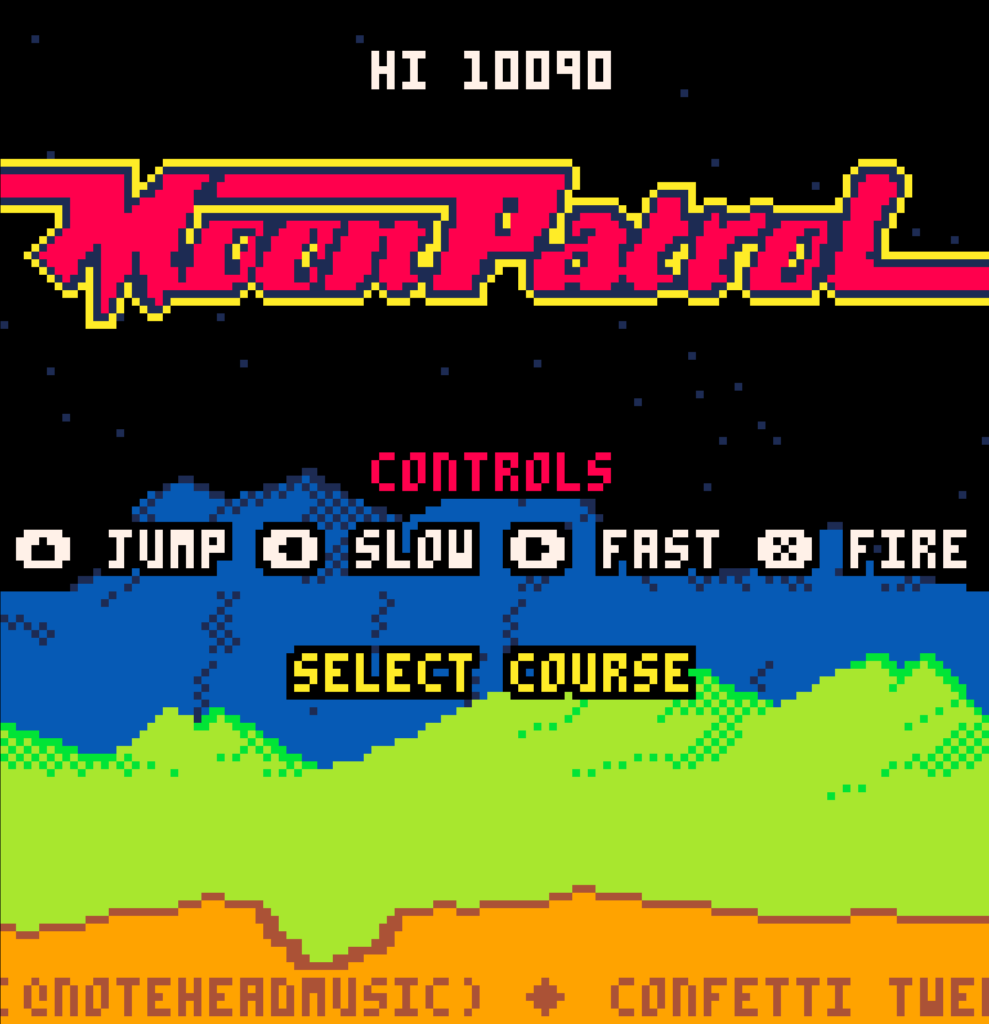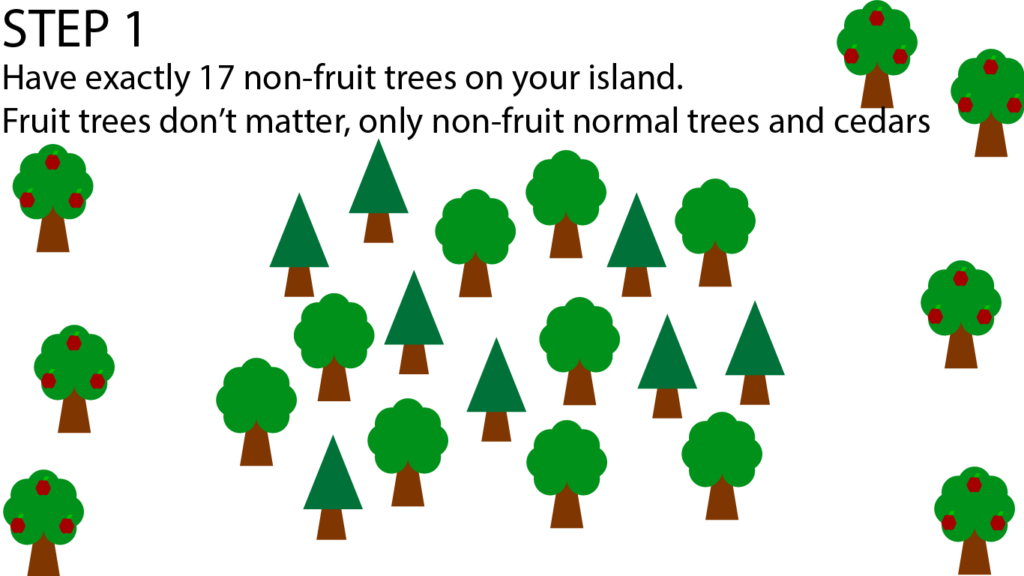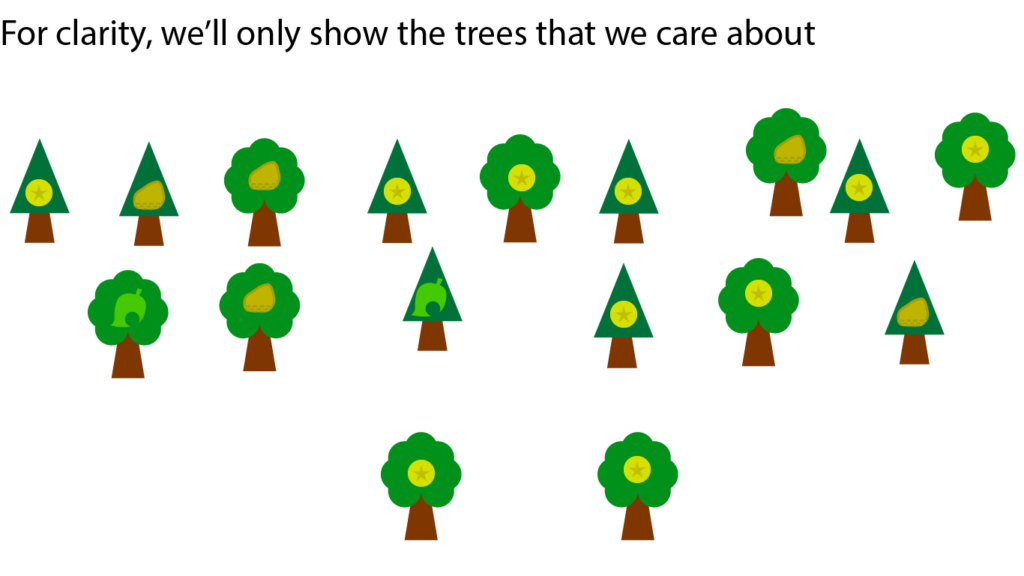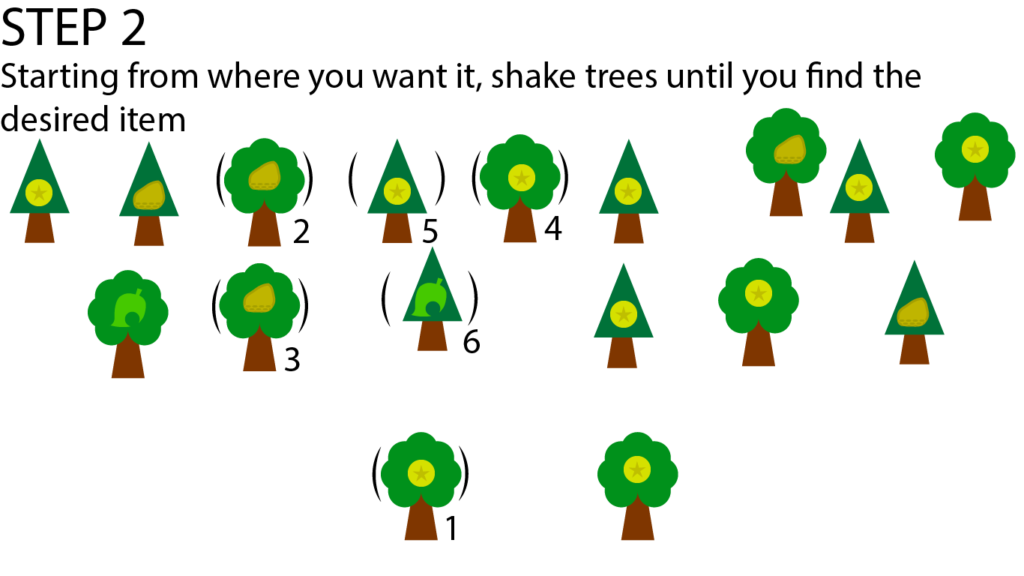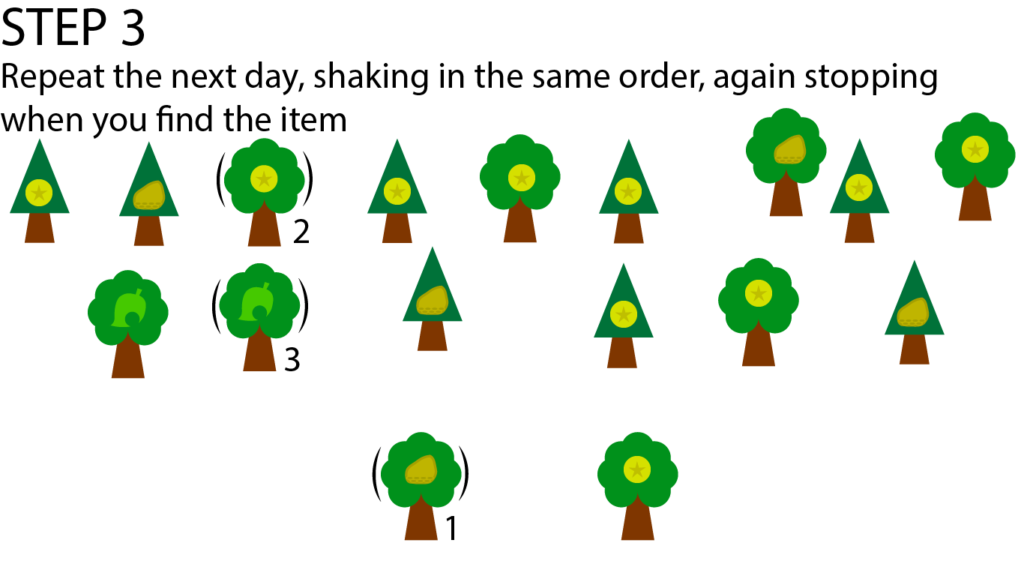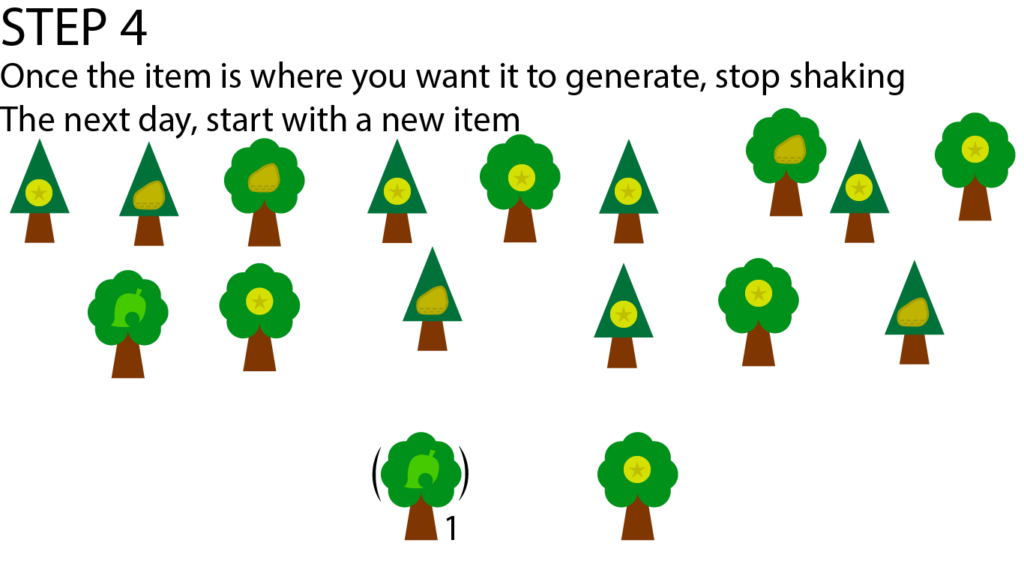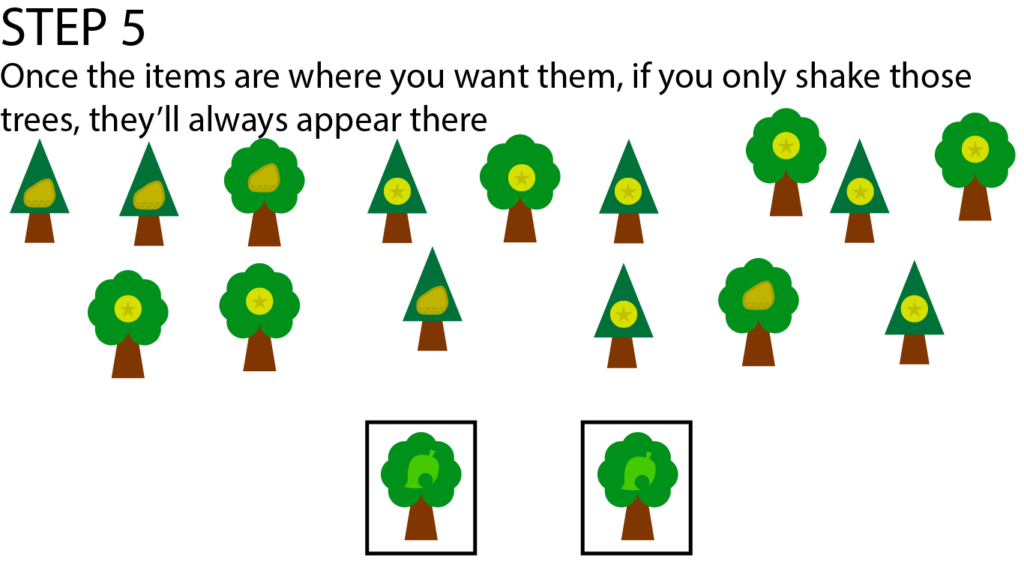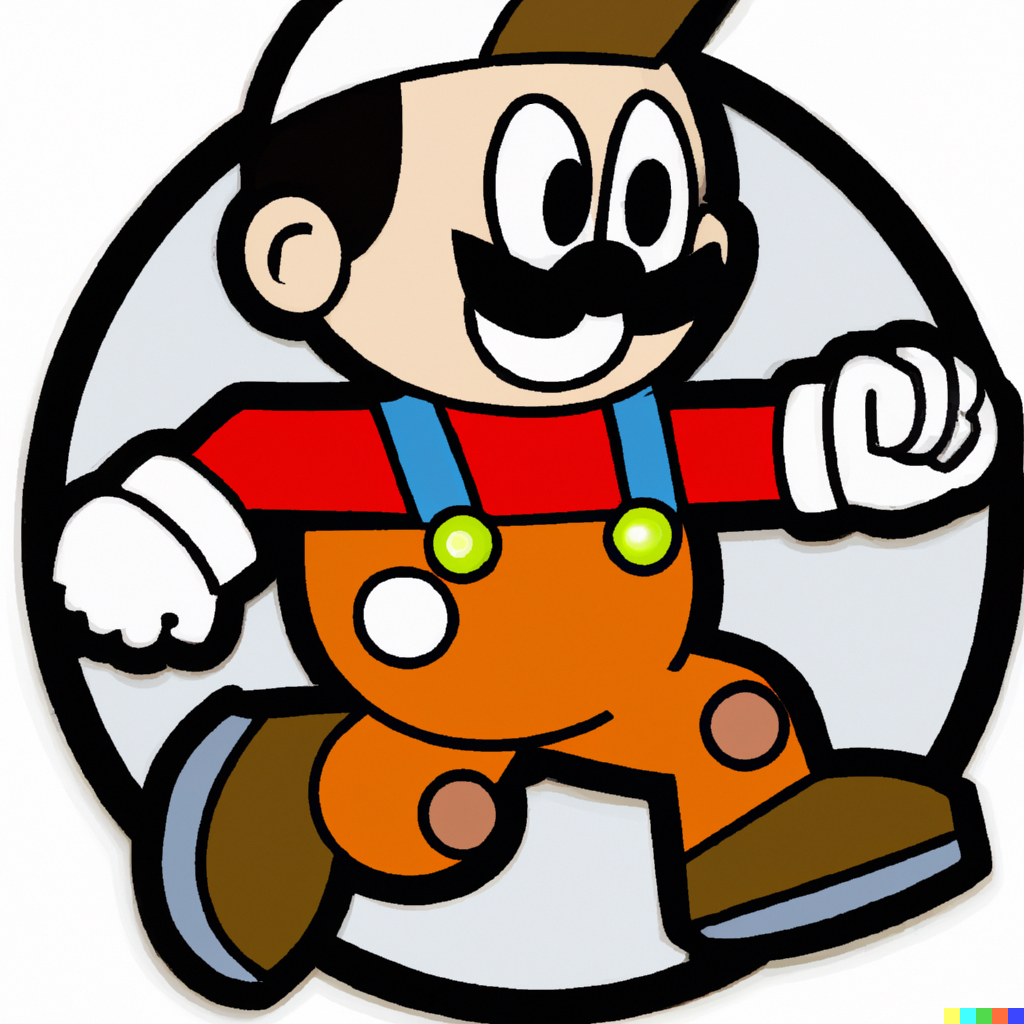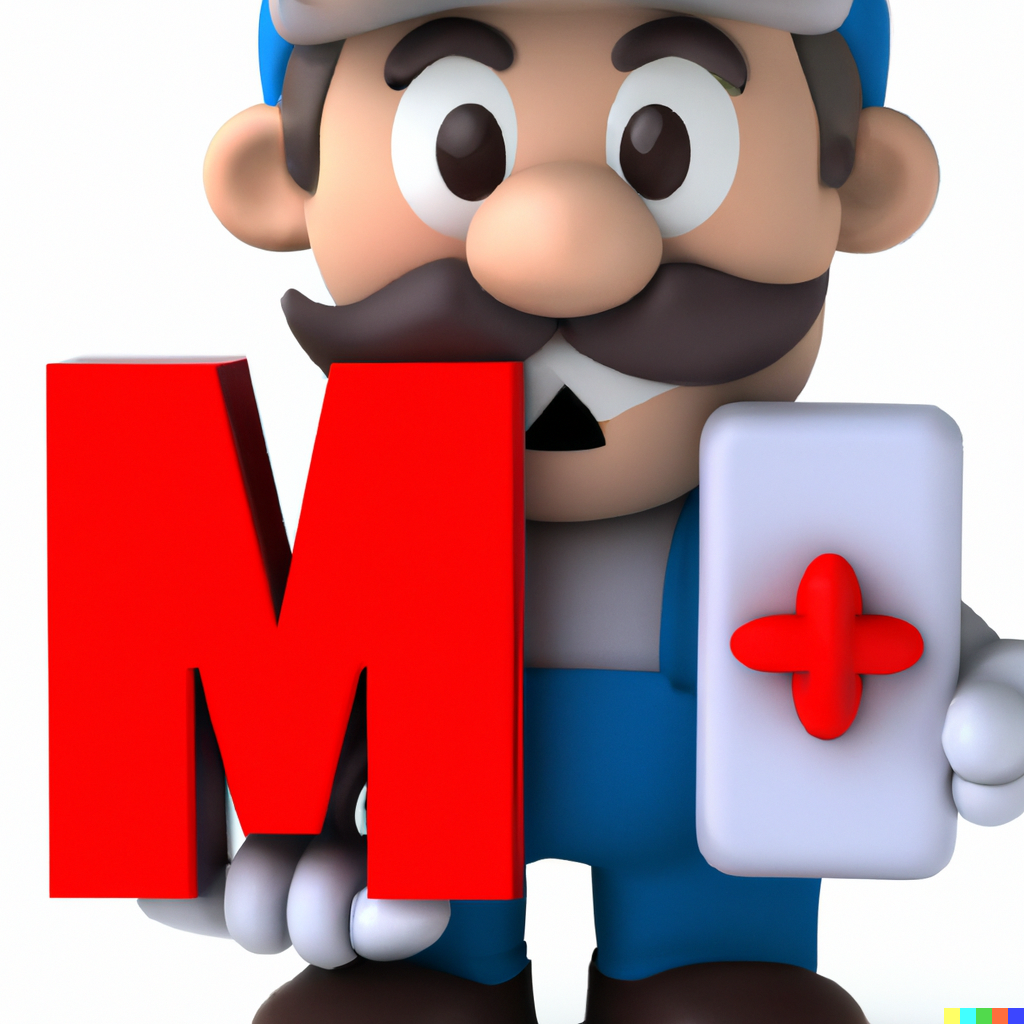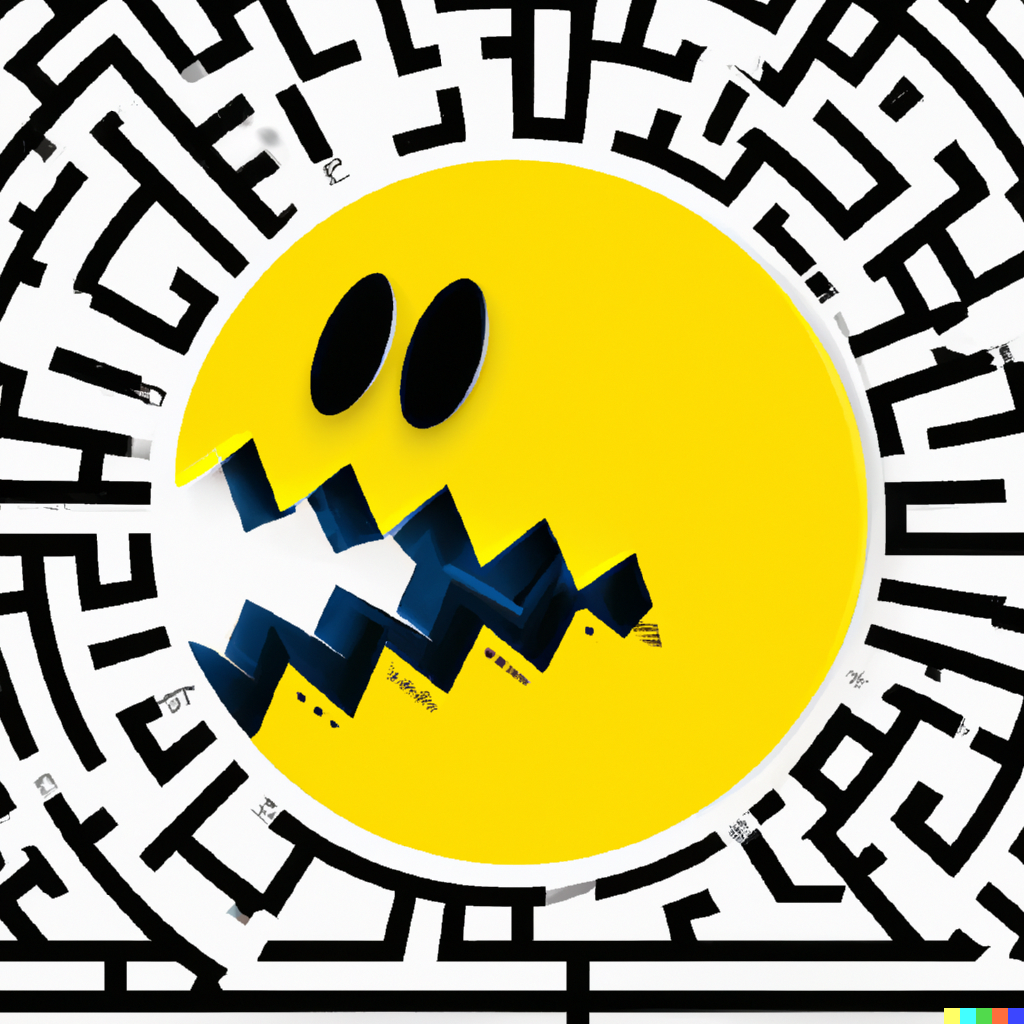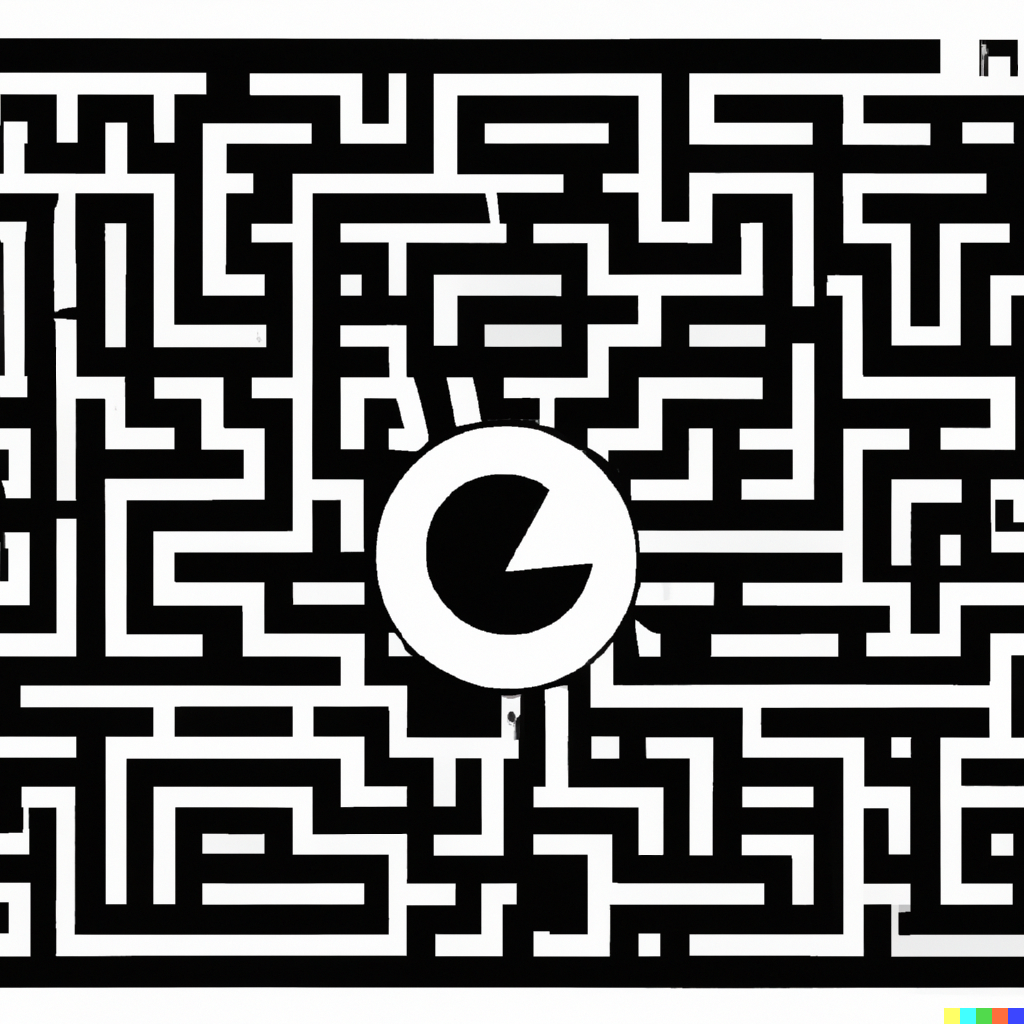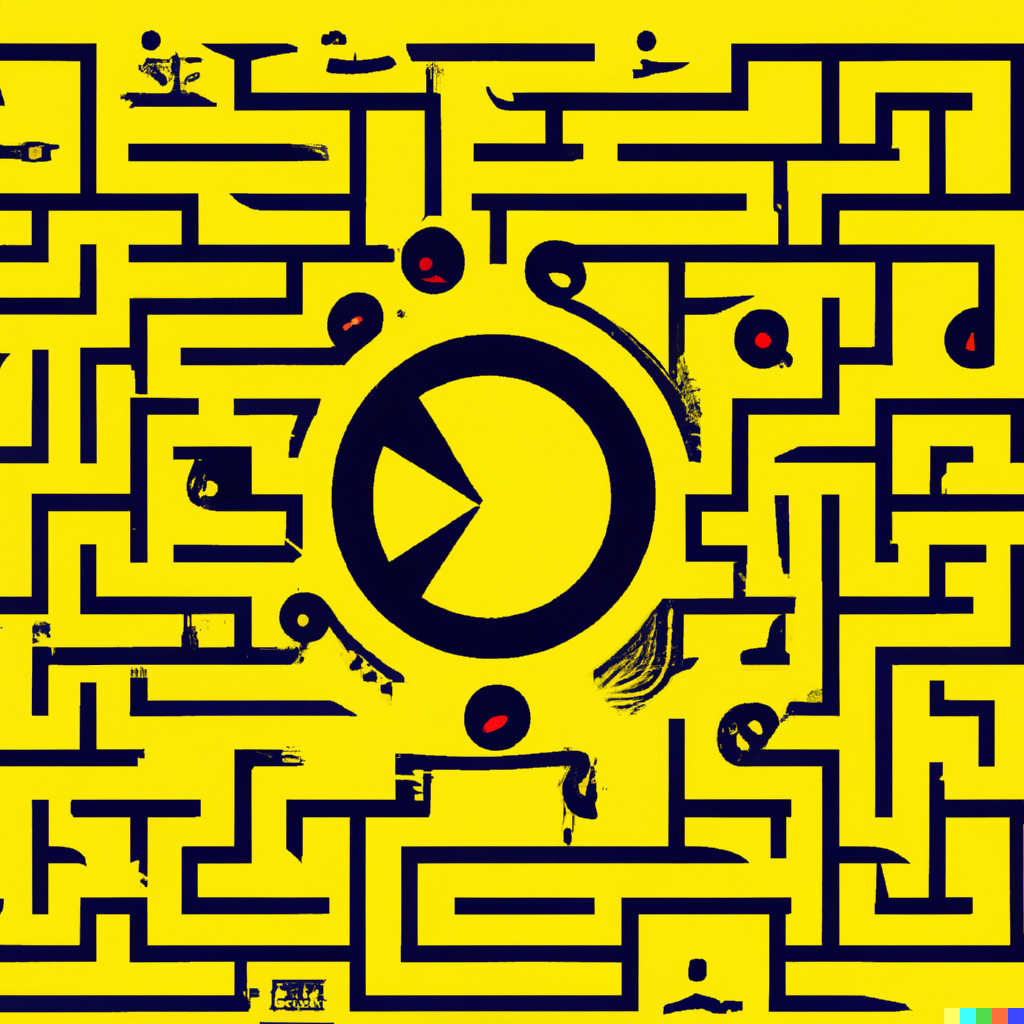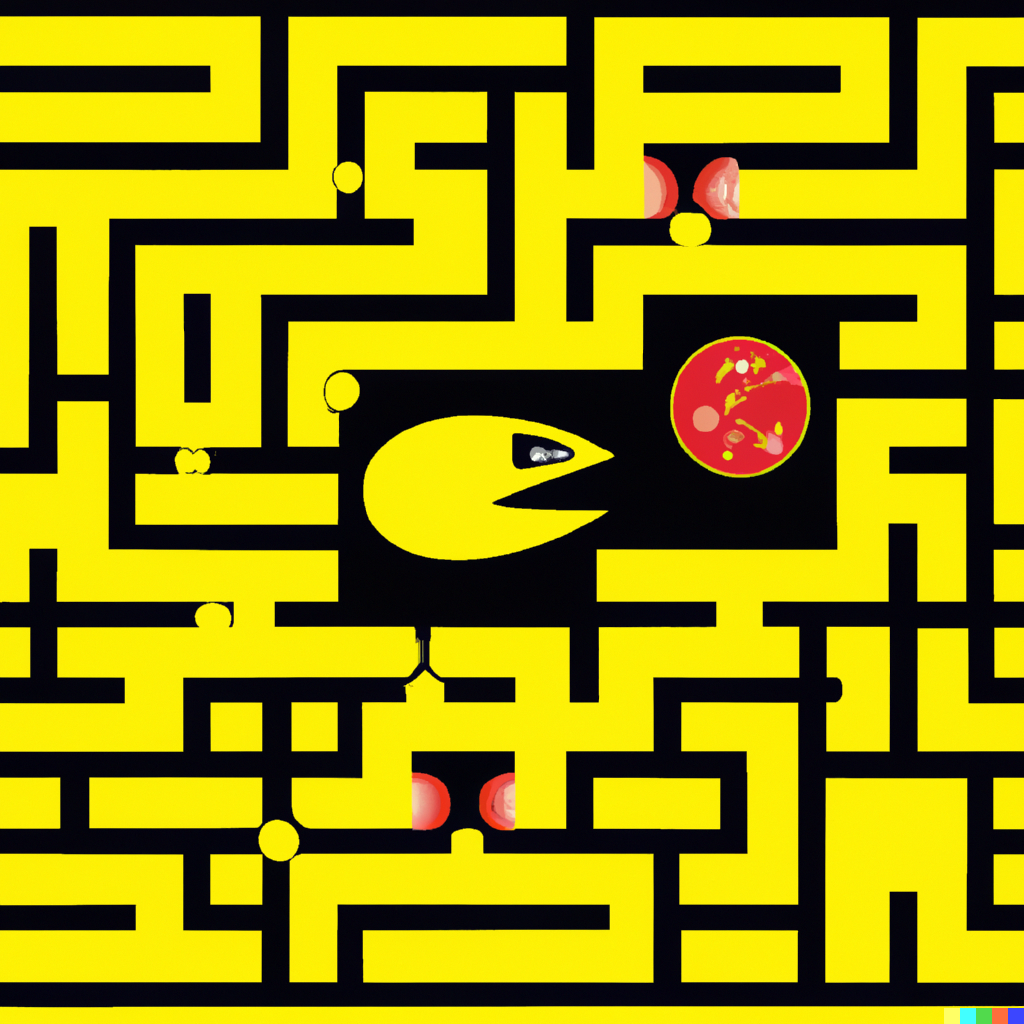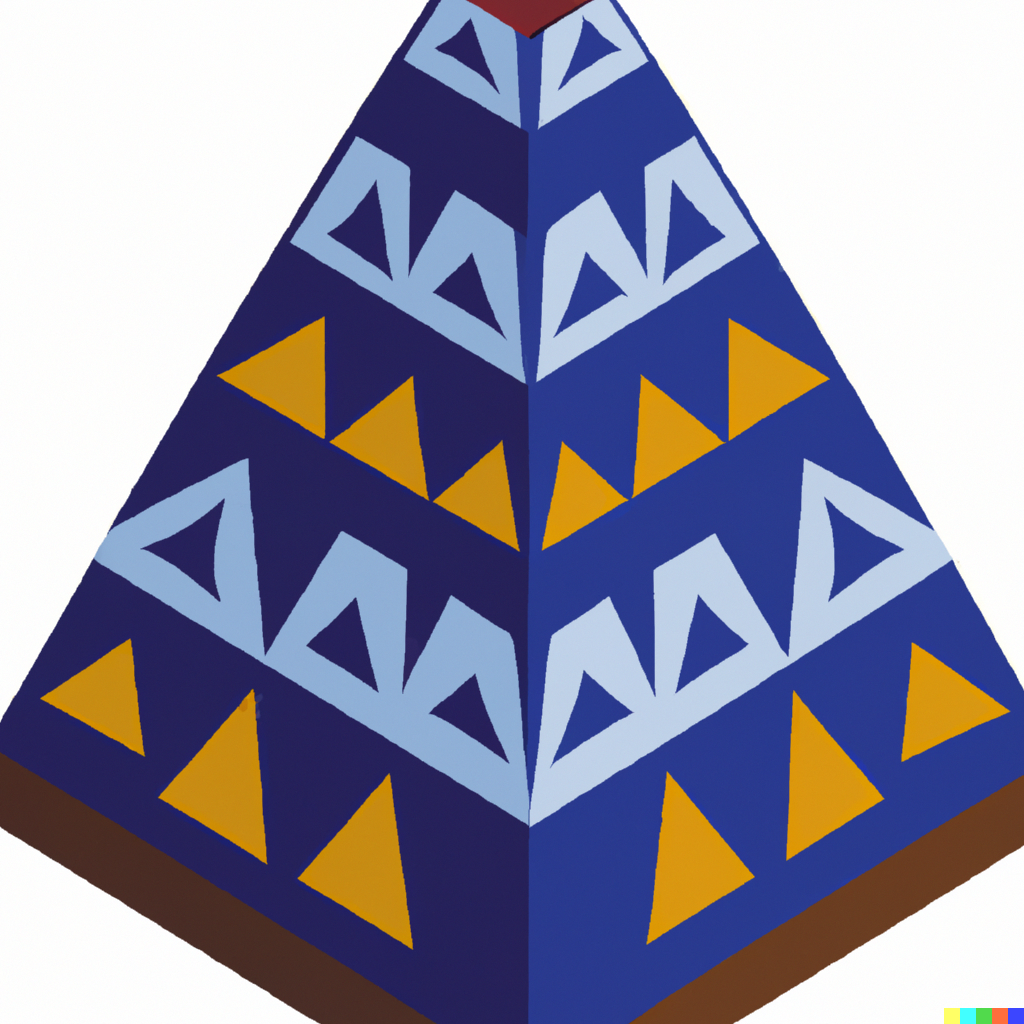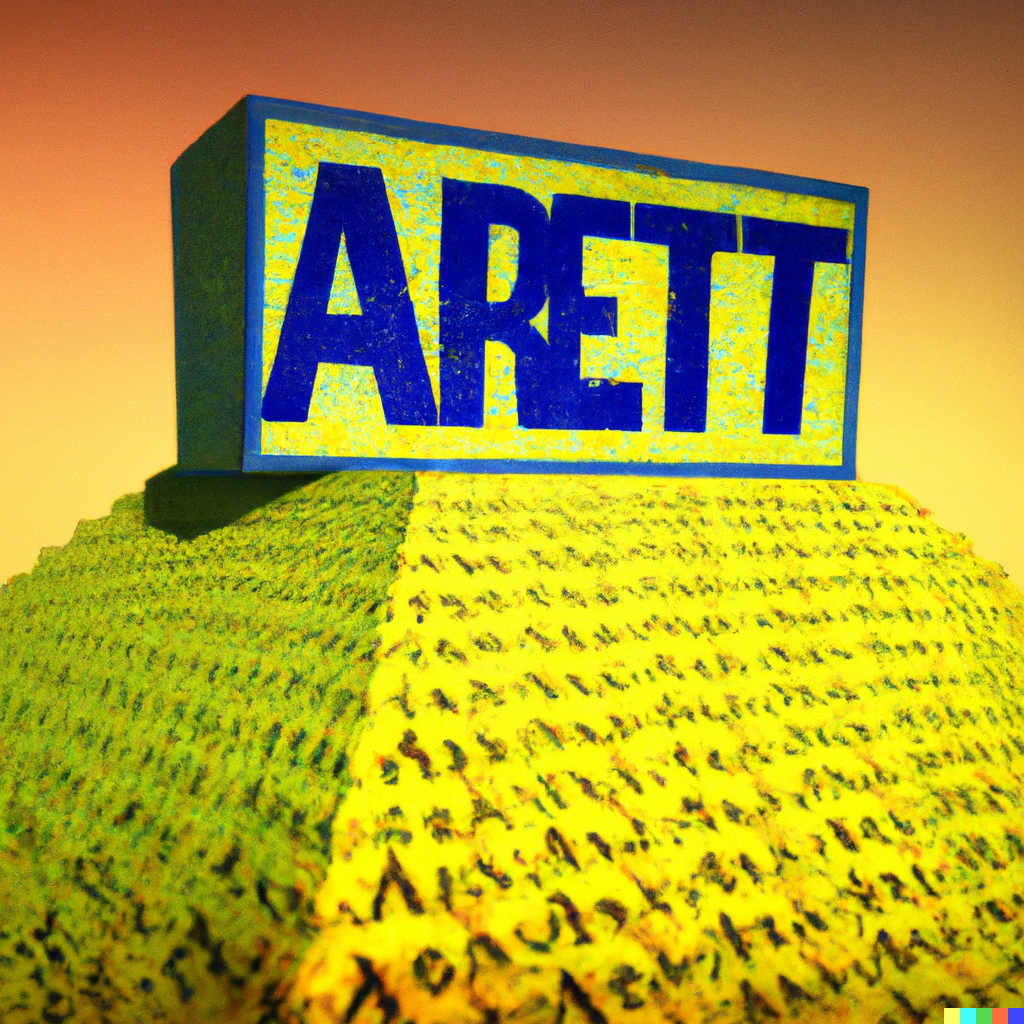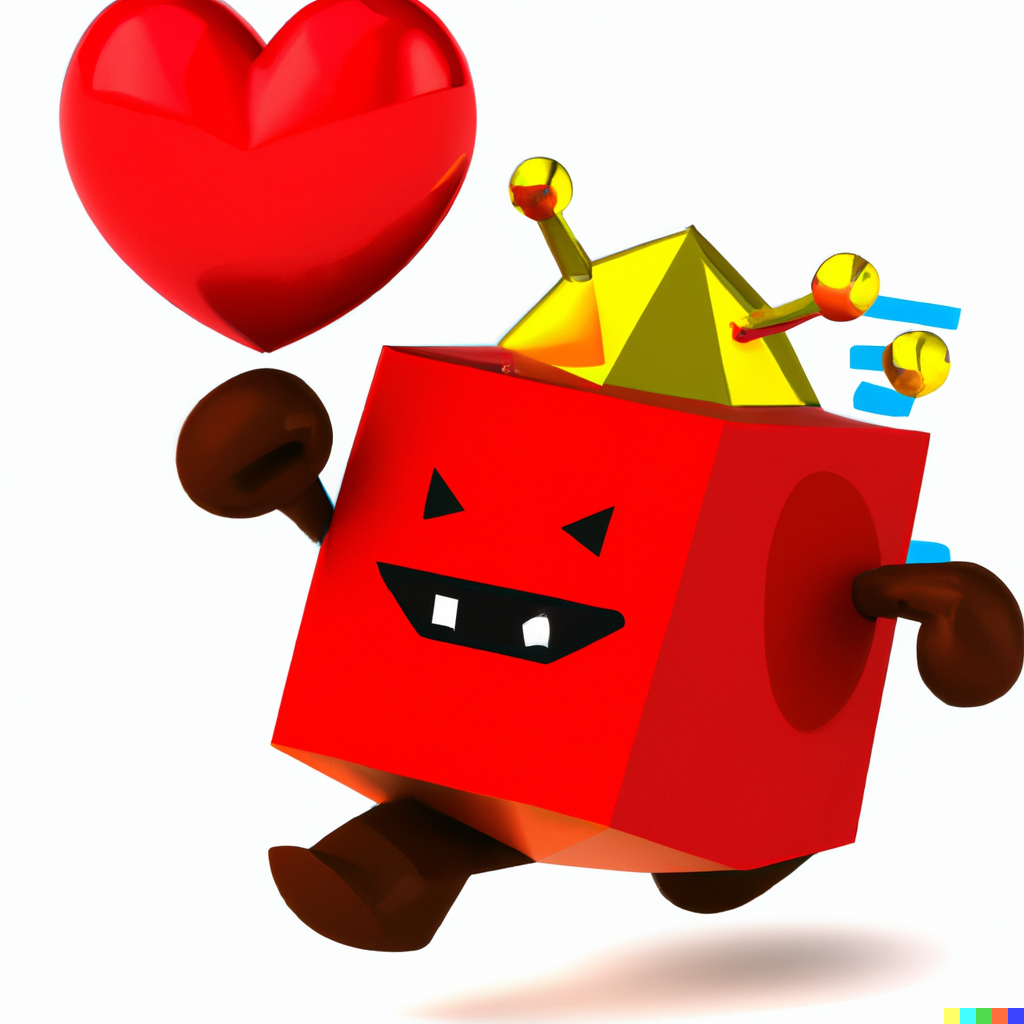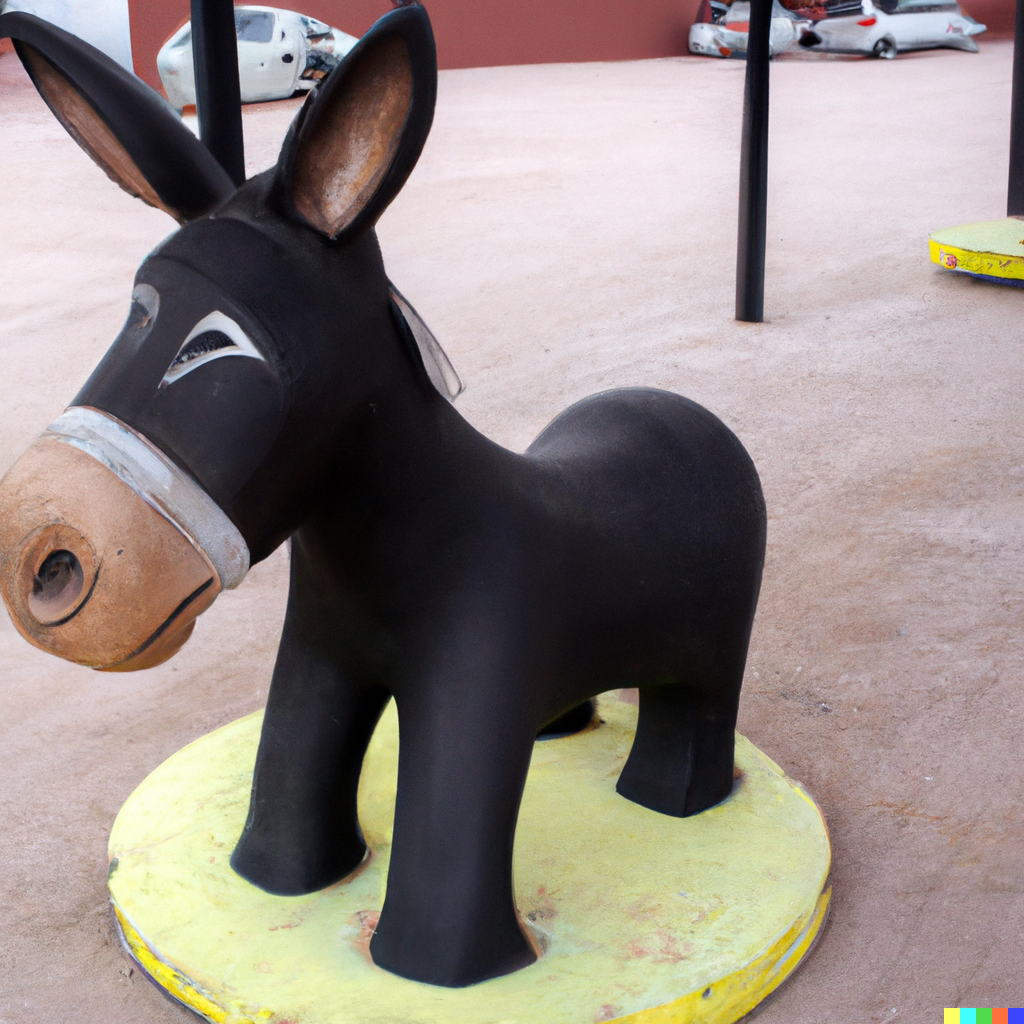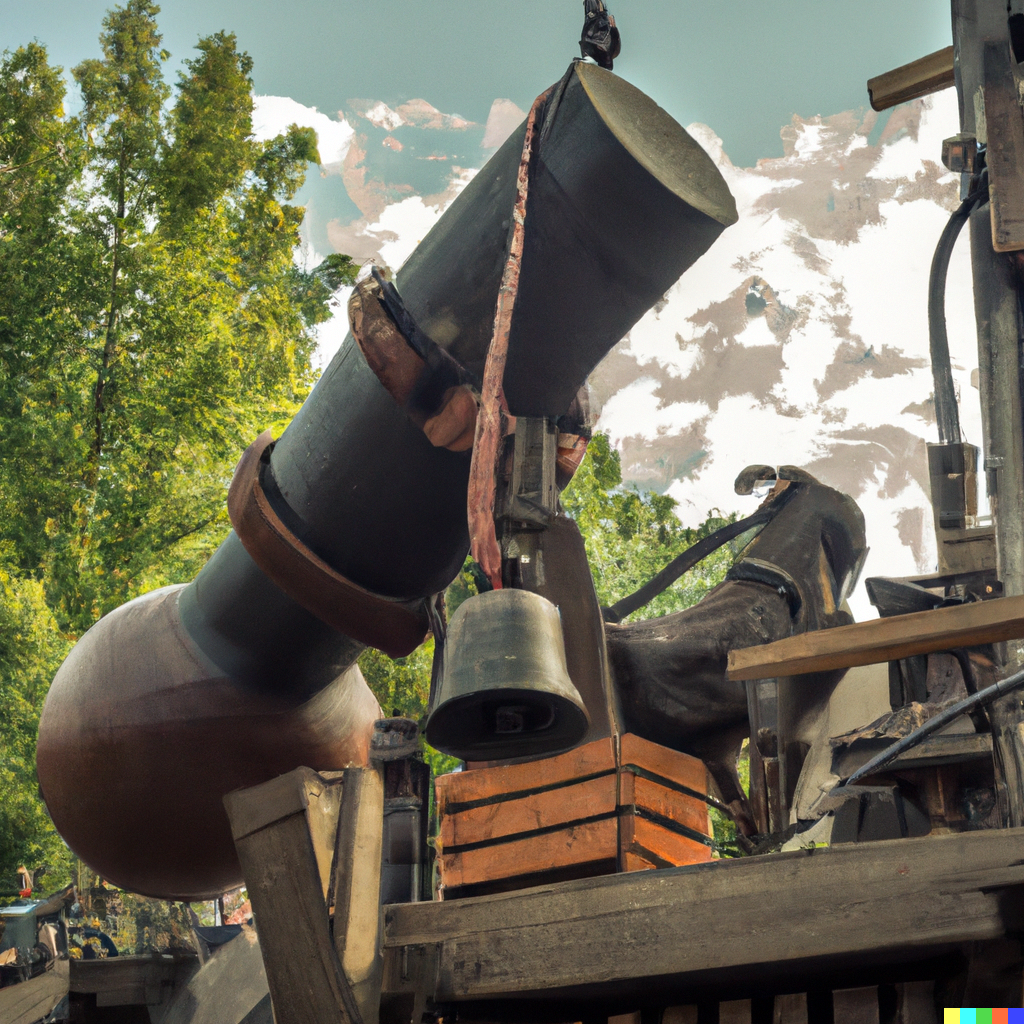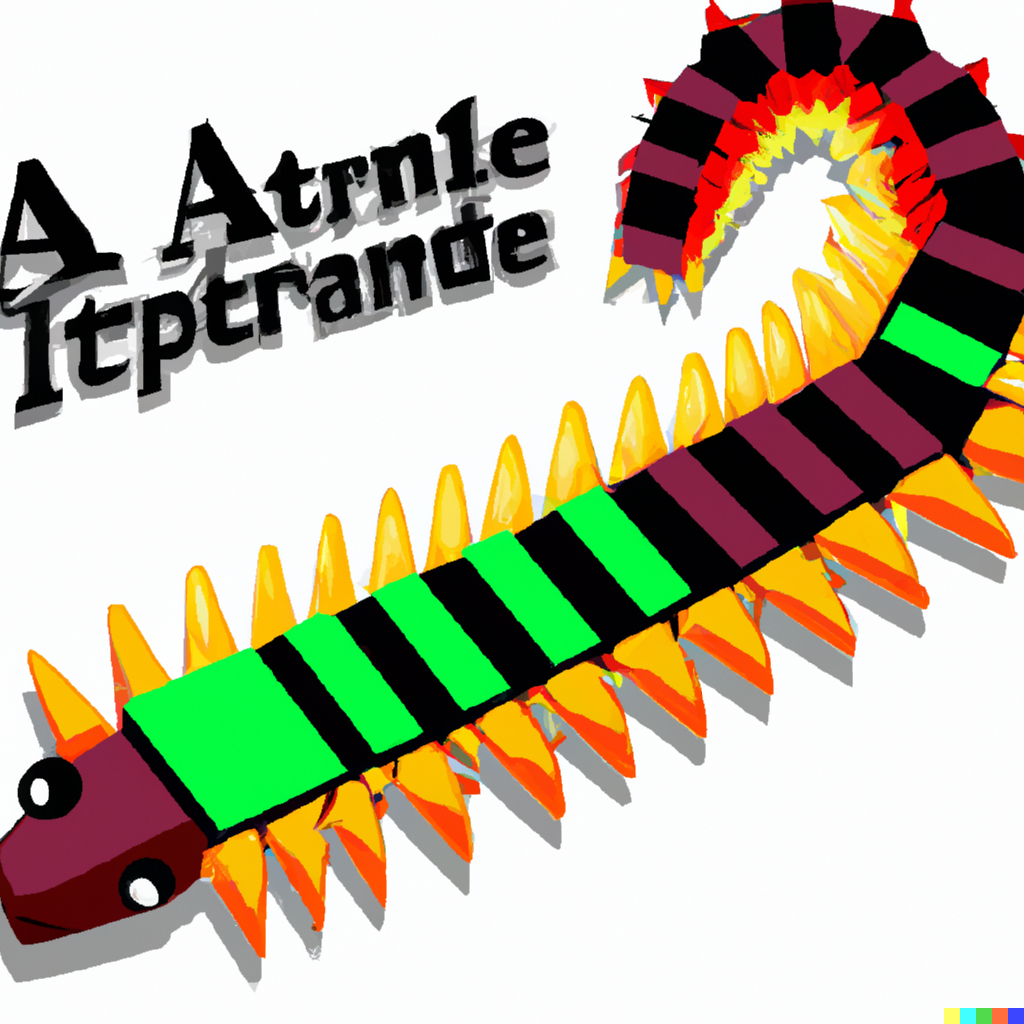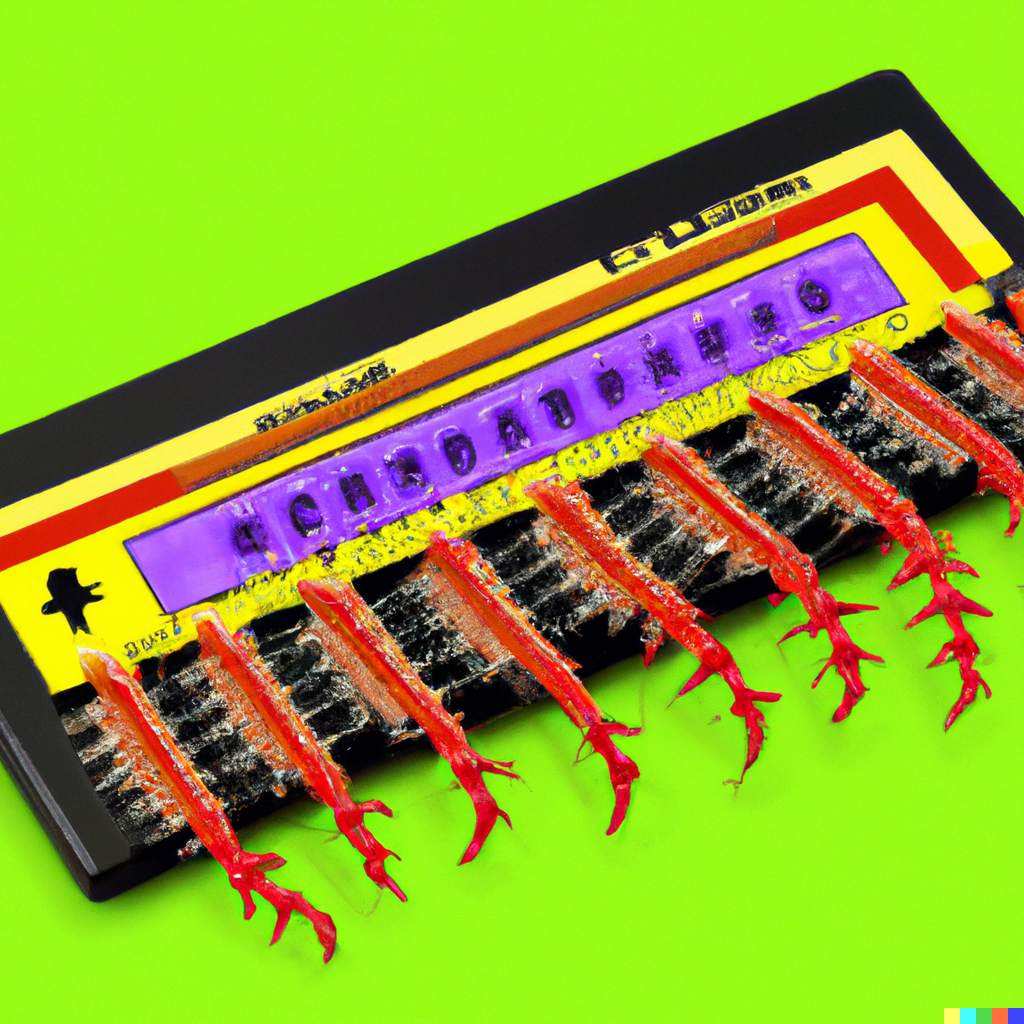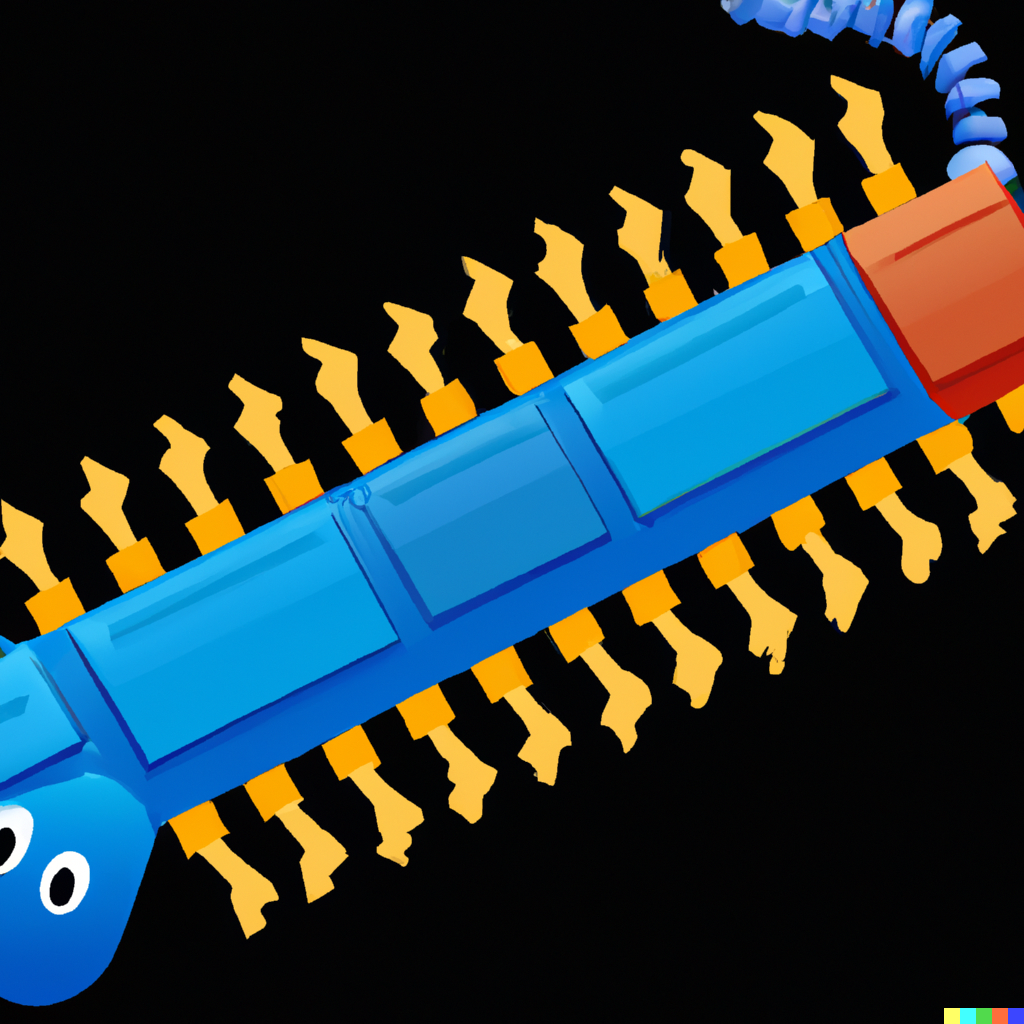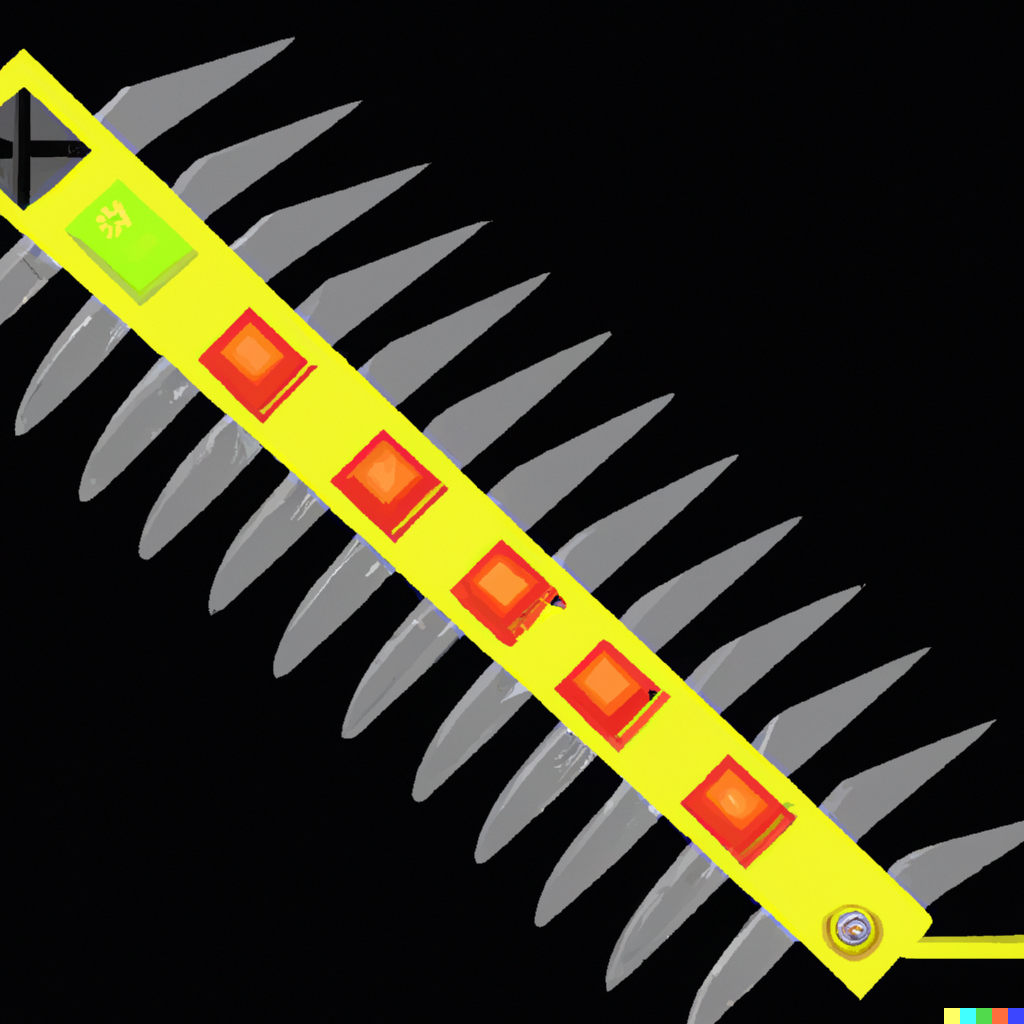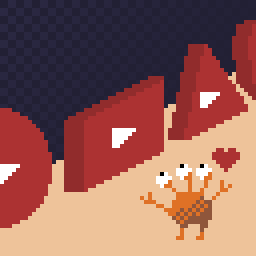
Sundry Sunday is our weekly feature of fun gaming culture finds and videos, from across the years and even decades.
The Legend of Zelda: Tears of the Kingdom has been out for a week now and the internet is still abuzz about it. (Can’t you hear it? The incessant buzzing?)
Recently I had the opportunity to do a roundup of a number of Zelda fan animation videos. A few of these may have been shown here before. (We’ve been at it for over a year, it’s possible!) I’m sure some haven’t.
Racing for Rupees (4 minutes) was made with Source Filmmaker and Sony Vegas, and is a standout. With 24 million views it’s hardly obscure, but it’s eight years old as of this writing:
Shield Bash (2 minutes) is a lot newer. What are either of these two doing stealing items off the wall of a library?
I’m sure I’ve linked Something About Zelda: Breath of the Wild Animated Speedrun (5 1/2 minutes) before, but it’s a highlight of the Something About series for how many of the seemingly random elements, this time, have actual antecedents in BotW speedrunning. But not the “Excuuuuuuuse me Princess” part. That’s from the old Zelda TV cartoon.
Terminal Montage’s How To Get To Goron City (1 1/2 minutes) is also BotW related, and is also hardly obscure at 14 million views.
Pringus McDingus’ Breath of the Lovers (3 minutes) is not really much related to the games, but is still funny and cute.
Chasing Rupees (2 1/2 minutes) has only a third of a million views, but was made in stop motion, and rather well animated for that.
Let’s finish for now with Anger Management (5 1/2), starring everyone’s favorite put-upon money-grubbing shopkeeper, Beedle:
There’s tons of Zelda animations on Youtube, so you can bet we’ll be returning to this well eventually….

